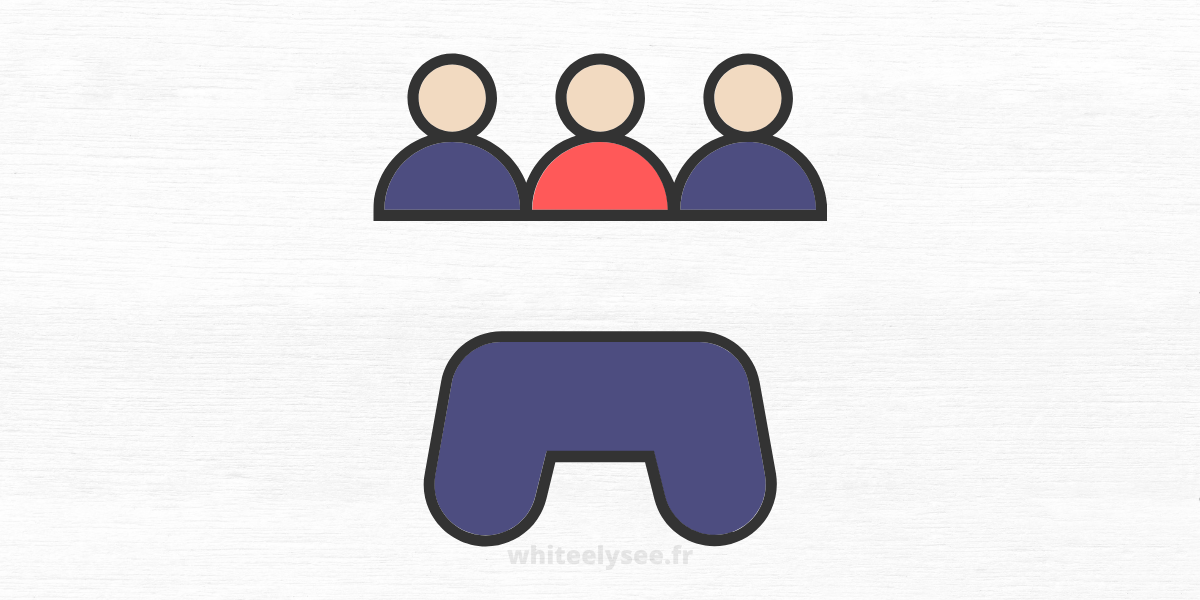
Over 24 years of working with teams, I have interviewed numerous executives who were considering a program for their employees. The goals of team building can be very different. They may range from short, light, fun programs to more in-depth interventions for stuck teams.
Many clients don’t have the skills to build a team. Consulting can be very beneficial for clients to help them identify the real issues and suggest possible solutions. My clients often come to me with questions about their team. I help them understand what they want and how they can change the current way they treat one another.
Here are the top reasons companies give for joining a team-building program:
1) Have Fun
Some groups just want to have fun, regardless of their motivations. While any experience with a team can be used to teach valuable teamwork skills, sometimes the goal is fun. Some organizations may have extensive training and development programs and just want to have fun. This can be influenced by culture and immature leadership. It is important to note that high-energy shared experiences have many positive benefits. These include: seeing each other in a new light than at work; creating a relaxed environment where people can talk to others at different levels within the organization; bonding with each other through shared activities like softball. While there will be some benefits in the long-term if expectations are low or outcomes are unclear, they may not always provide the most significant benefits for a workgroup.
2) Gather everyone together and share a common experience
Even though shared experiences are often planned by well-meaning people, they should take into consideration the level of comfort and participation of each person. For some, rock climbing can be a great way to build trust, while for others, it may be a painful reminder of the limitations of one’s physical ability. This is a way to establish a group culture and build a sense of identity through doing something together. This could involve going on a cruise, participating in corporate Olympics, company picnics, or entertainment. Although this is not an incredibly sophisticated goal, many companies avoid deeper meaning and learning in fear of cultural backlash. Although there is no limit on how extravagant an event can be, many of these events provide little long-term intrinsic value to the team, and everyone will return to their same style of working together next week. These events can be seen as bribes that are used to keep workers happy rather than opportunities for learning and improvement in the team.
3) Recognize Recent Achievements
This type of event is similar to the number 2 above but has more structure and content. It serves an essential purpose for the group. These are the key points:
Recognizing that everyone has worked hard, it is valid to ask for a lot of workers on a regular basis.
Acknowledge the success of the plan and that the goals were achieved. This encourages leadership confidence and fosters support for future initiatives.
-Gives credit and recognition to those who are deserving. Employees want to be acknowledged for their contributions and feel valued as part of the group.
-Creates a sense of identity and belonging as a member of a strong, capable, and successful team.
4) Perceived or presented as a Company/Workplace Benefit
Another example of a “perk” for employees working at a company is a luxury travel trip or junket. While this could be considered team building, many employees enjoy the pleasure of the beautiful meals, resort hotel, and remote location. While some work cultures offer these benefits, few organizations have an actual team-building program. They are often used to fill in for additional sales or technical training or to announce next year’s goals. These goals are ever more demanding and aggressive than the previous. This is supposed to be accompanied by a generous helping of sugar from the lavish junket. It is not always easy to combine team building and recalculating next year’s production or sales goals.
5) Communicate with senior management, key customers, or vendors
Sometimes, team building can be a great way to encourage interaction and strengthen relationships. Although it may seem odd at first, well-structured team-building programs can be a great way of deepening business relationships. However, personal relationships must first be accepted. A shared experience, such as a ropes course and team initiative exercises, can help to open up and encourage all sorts of interaction and discussion that brings people closer together. Deepening collaboration and communication, learning about each other’s leadership styles and decision-making styles, and exploring fun and creative ways to improve quality together can all lead to more vital teamwork across the value chain.
6) Encourage communication within the team
Each group can communicate better with each other. This is the most crucial goal for team building. It is often at the core of what coworkers want to improve when they return to work. All great programs for team building should incorporate group communication skills.
7) Cooperation/Collaboration between two groups
This is a common reason for team-building programs. It should be used more frequently, especially where two departments or workgroups form an essential part of the value chain, such as engineering and marketing, sales, production, and marketing. Each group must be able to understand and work with the other to create an environment that is both efficient and friendly for everyone. Sometimes, conflict resolution and healing will be necessary. However, everyone should also be encouraged to participate in better future possibilities.
8) Acquisition or Merger
Everyone wonders what the impact of a change in the organization’s structure and dynamics will be on them. After they have answered the question “Will they still have a job?” the following logical questions are: What will each employee’s roles and responsibilities be? How will it affect their day-to-day life? Workers require assurances. Are there going to be changed in policy or procedure? What will the changes look like? This is what we call team building. However, it is not easy to bring everyone together and communicate a new philosophy or approach. The goal is to integrate operations quickly and meet new requirements. This is a common organizational problem, but it can be solved with a well-designed team-building program. The new must be integrated with the old to produce a better, more capable result.
These programs for team building must be carefully planned.
9) New Management/Leadership
A changing command is a curse for many military units. It happens every two years. Every commander strives for a new mark and makes a difference like no other. These commanders are aware that they must establish a new pace, create a favorable climate, bring together high-ranking officials and departments to make the machine more efficient, and help them achieve more meaningful goals. Each participant is anxious about the integration of a new commandant and does their best not to be noticed. Although the private sector lacks the rigidity and role specificity that the military has, it makes up for this in political intrigue and the introduction and maintenance of complexity and lack thereof.
A team-building program is an excellent way to integrate new leadership and a “new approach.” Focusing on what works, the voice of workers, readiness to change, and consensus on areas where improvement is needed are critical factors for success. This will allow you to avoid a disconnected, ambitious, management-by-objectives approach from an executive who has never been there. For one of the most significant benefits, a humble manager will use team-building programs to help them listen rather than tell.
10) Come together to create a new strategy.
This motivation can be powerful if it is genuine. It is essential that top management has a clear vision of where they want to go before inviting everyone to join them. They must have clear plans and be unambiguous about their commitment. This message is to workers and employees to encourage them to support leaders who know how to get out of any crisis or situation. If they aren’t well planned and executed, these types of team-building initiatives won’t be heard. Employees in this situation are told that they will work together to overcome this crisis. Employees can quickly discern the difference between the fake promises and lack of commitment by key executives. They will follow their lead and not just give lip service.
11) The dysfunctional group
Dysfunctional groups consist of dysfunctional people. This means that the group will have to make a number of behavioral changes to improve its modus operandi. It is a complex process that requires sophisticated techniques to get the group to accept a new approach. They need to be able to see the positive side of things for themselves and the group, as well as to let go of negative behavior and ego-based defenses that can disrupt the smooth operation of the group.
The dysfunctional nature of these workgroups is often frustrating and costly for the company. The organization is afraid to face the truth, to challenge dysfunctional behaviors, and to demand that these people raise their standards for everyone’s well-being.
The organizational hierarchy defines who they are. This makes it easy to treat the issues as political hot potato or talk about them in hushed tones and overly sensitive terms. Everyone is aware that there are better ways to operate if they only were open to it. This is the problem. This is where the problem lies. Team building experiences are designed to help people make the commitment to change from their current situation to a better future. It requires professional and skilled handling. The possibility of a better way of operating must be approached gently, like a baby chick emerging from its shell. It is important to carefully introduce and sign up to new ideas with clear expectations about how they will be implemented. Each member of the group must agree to make this decision. This is the essence of facilitated team building. This group will often need support to remind them of their commitments and not slip back into old patterns.
Flexible, custom-tailored approaches are required for corporate team-building programs that have multiple goals. The end goal is to create a more productive, happy, and efficient work team. This can be at any level, from the front line to the top. Every person is a person at any level of an organization. They often need the power of a well-designed team-building program to remind them they can work together and even enjoy it.





